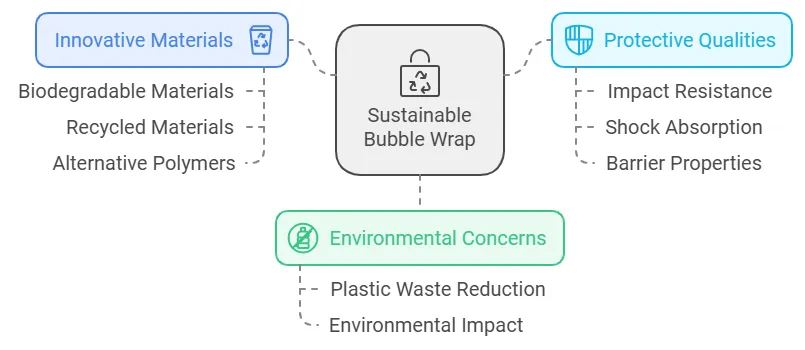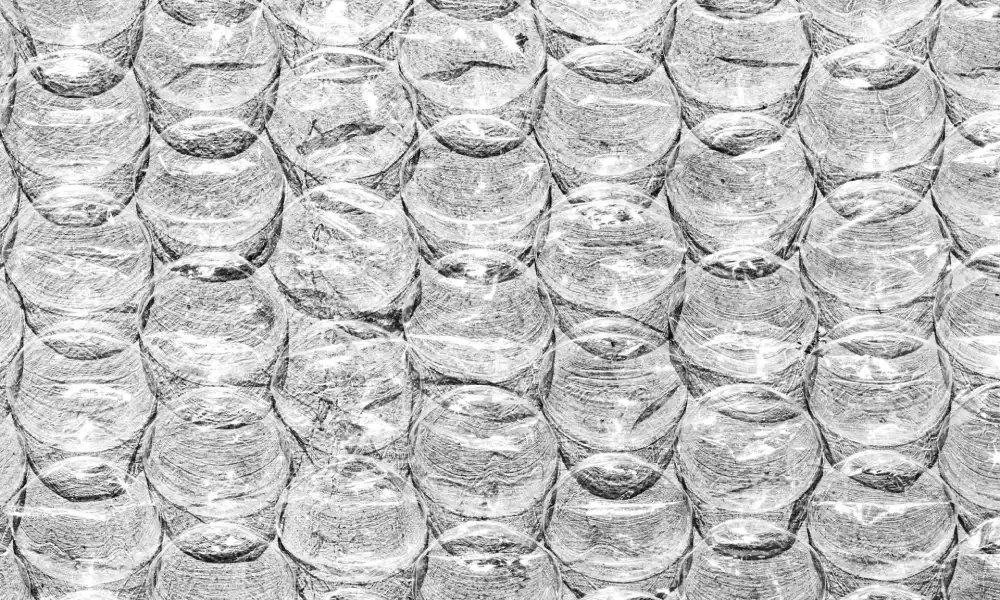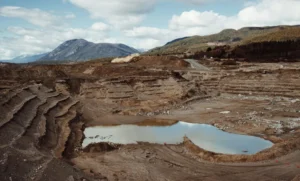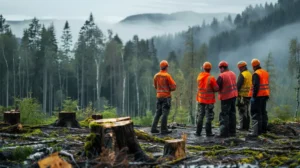Ever stared at a pile of bubble wrap after unboxing your latest online purchase and wondered, “Is bubble wrap recyclable?” You’re not alone. With the explosive growth of e-commerce, this seemingly simple question has become more relevant than ever. Let’s pop the mystery surrounding bubble wrap recycling and discover how we can be more environmentally conscious with this common packaging material.
Bubble Wrap: More Than Just Pop-able Plastic
Before diving into whether is bubble wrap recyclable, let’s understand what we’re dealing with. Bubble wrap belongs to the family of low-density polyethylene (LDPE) plastics, identified by the #4 recycling code. While this might sound technical, it’s crucial information that determines how we should handle its disposal.
Is Bubble Wrap Recyclable

Yes, bubble wrap is recyclable! However – and this is important – you can’t just toss it in your regular recycling bin. The journey of recycling bubble wrap requires a different route than your typical plastic bottles and containers.
Bubble wrap itself is recyclable. It’s made from a type of plastic called Low-Density Polyethylene (LDPE), which has a recycling code of #4.
However, most curbside recycling programs only accept harder plastics such as water bottles (codes #1 and #2). This means that you can’t usually recycle bubble wrap in your regular curbside recycling bin.
To recycle bubble wrap, you’ll need to find specific drop-off locations at places like shipping companies or retail stores. These locations often have special bins for plastic films, including bubble wrap. So, while bubble wrap can be recycled, it requires extra effort to find the right place to do it.
Why Can't I Put It in My Curbside Bin?
Traditional recycling facilities face three main challenges with bubble wrap:
- It can tangle in machinery
- It requires specialized processing equipment
- It needs to be grouped with other film plastics for efficient recycling
The Smart Guide to Recycling Bubble Wrap

Step 1: Preparation
- Pop all air bubbles (satisfying and necessary!)
- Clean off any tape or labels
- Ensure the wrap is dry and free from contaminants
Step 2: Collection
Create a dedicated space to collect:
- Bubble wrap
- Plastic shopping bags
- Bread bags
- Other film plastics
Step 3: Proper Disposal
Find specialized drop-off locations:
- Major retailers (Target, Walmart)
- Grocery stores
- Local recycling centers that accept film plastics
Sustainable Bubble Wrap

Sustainable bubble wrap is a growing focus in the packaging industry as environmental concerns increase.
With the goal of reducing plastic waste and reducing the environmental impact, researchers and manufacturers are exploring innovative ways to make bubble wrap more eco-friendly without compromising its protective qualities.
Before asking “Is bubble wrap recyclable,” consider if you can reuse it. Here are innovative ways to give your bubble wrap a second life:
Home Insulation
- Window insulation in winter
- Greenhouse insulation
- Plant protection from frost
Storage Solutions
- Protect holiday decorations
- Wrap delicate items
- Line tool drawers
Shipping and Moving
- Keep a stash for future packages
- Protect items during moves
- Share with neighbors who are moving
Environmental Impact and Future Alternatives
Understanding how is bubble wrap recyclable is just part of the sustainability picture. The packaging industry is evolving with eco-friendly alternatives:
- Biodegradable air pillows
- Mushroom packaging
- Paper-based protective materials
- Corrugated bubble wrap
Take Action: Your Recycling Checklist
✓ Find local drop-off locations
✓ Establish a collection system at home
✓ Share recycling information with others
✓ Consider alternatives when possible
Conclusion
So, is bubble wrap recyclable? Absolutely – but it requires our conscious effort to ensure it’s recycled properly. By understanding the correct process and taking appropriate action, we can all contribute to reducing plastic waste and protecting our environment. Remember, the best approach is to reduce usage where possible, reuse when practical, and recycle properly as a last resort.
FAQ's
Can you put bubble wrap into recycling?
Yes, bubble wrap can be recycled. Many grocery stores and recycling centers have specific bins for plastic bags and films, including bubble wrap.
Why is bubble wrap not recyclable?
Bubble wrap, while recyclable, is often not accepted in curbside recycling programs because it can jam sorting machinery.
How do I dispose of bubble wrap near me?
Check with your local recycling center or grocery store. They often have specific bins for plastic bags and films, including bubble wrap.
What to do with old bubble wrap?
Recycle it at designated drop-off locations, like grocery stores or recycling centers.




